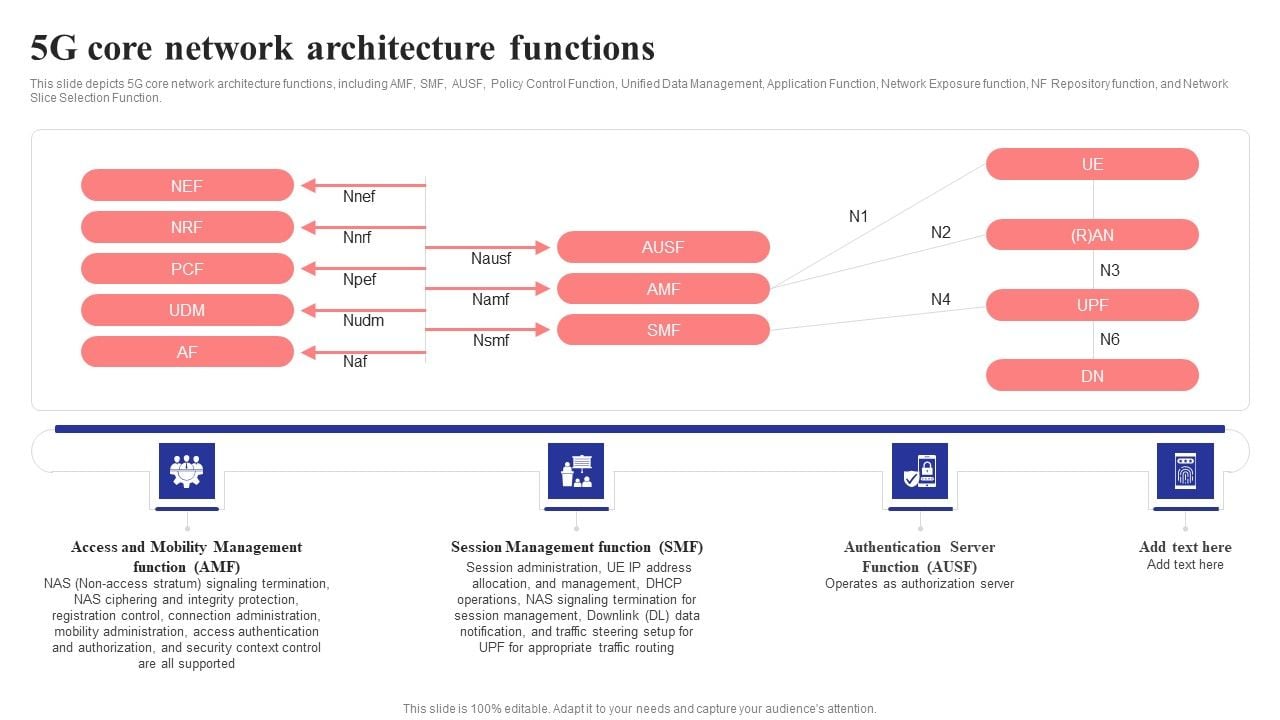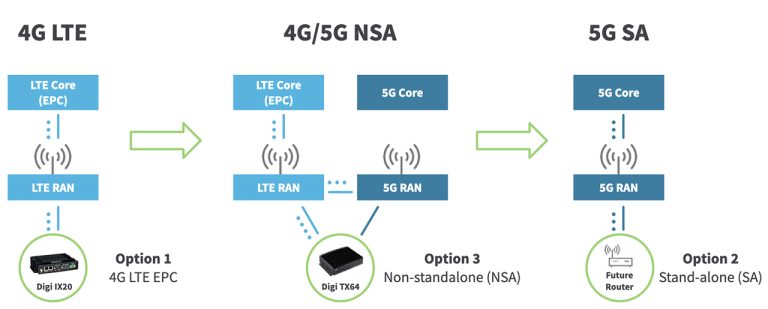Comprehensive Guide to 5G Core Networks – PDF & PPT Download
telcomatraining.com – 5G is not just about faster internet. Behind this next-generation technology lies a powerful and sophisticated infrastructure — the 5G Core Network. This guide provides a thorough overview of the 5G Core (5GC), exploring its architecture, key components, and role in driving digital transformation. At the end of this article, you can download PDF and PPT versions of the content for further learning.
What is a 5G Core Network?
The 5G Core Network (5GC) is the central component of the 5G system responsible for data routing, user authentication, session management, and network policies. Unlike its predecessor (EPC in 4G LTE), the 5GC is designed using cloud-native principles, Service-Based Architecture (SBA), and network slicing to support new and emerging applications.
Key Components of 5G Core Network
- Access and Mobility Management Function (AMF)
Handles user registration, authentication, and mobility across network nodes. - Session Management Function (SMF)
Manages data sessions and assigns IP addresses to user devices. - User Plane Function (UPF)
Directs user data traffic and provides the gateway to external networks. - Network Exposure Function (NEF)
Exposes network capabilities through APIs for third-party applications. - Policy Control Function (PCF)
Enforces rules related to bandwidth, data priorities, and Quality of Service (QoS). - Unified Data Management (UDM)
Centralized system for managing user subscriptions and profiles.
Advantages of 5G Core Over Previous Generations
- Cloud-Native Architecture: Enables scalable, flexible, and container-based deployment in modern cloud environments.
- Network Slicing: Allows operators to create virtual network segments for specific industries (e.g., automotive, healthcare).
- Edge Computing Support: Reduces latency by processing data closer to the user.
- Service-Based Architecture: Promotes flexible communication between network functions using standardized APIs.
Industry Applications of 5G Core
The advanced capabilities of the 5G Core make it suitable for a wide range of industries:
- Smart Manufacturing: Real-time communication between machines and systems.
- Autonomous Vehicles: Ultra-low latency for real-time vehicle-to-vehicle interaction.
- Digital Healthcare: Support for telemedicine and remote robotic surgeries with reliable connectivity.
Challenges and the Future of 5G Core
Despite its potential, 5G Core implementation faces several challenges, such as integrating with legacy systems, ensuring end-to-end security, and managing high deployment costs. However, advancements in automation, artificial intelligence, and virtualization are expected to ease these challenges and accelerate adoption.
Download the PDF & PPT
To make learning easier, we’ve prepared downloadable resources in both PDF and PPT formats:
📥 Download PDF – Comprehensive Guide to 5G Core Networks
📥 Download PPT – 5G Core Architecture & Features
(Download links can be added once the files are created.)
Conclusion
The 5G Core Network is the digital backbone of the future. With its modular design and cloud-native capabilities, 5GC is set to revolutionize how businesses and consumers interact with technology. Whether you’re a student, IT professional, or tech decision-maker, this guide offers valuable insights into one of the most transformative technologies of our time.







